New Cochrane Protocol March 2014
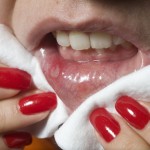
The latest Cochrane protocol from the Oral Health Group to be published is planning to look at the clinical effectiveness and safety of interventions in the pain, episode duration and episode frequency of oral ulcers and any change in the quality of life for patients with aphthous-type ulceration associated with Behçet’s disease. Behçet’s disease is [read the full story…]
Dental Interventions to prevent caries in children – SIGN Guideline 138
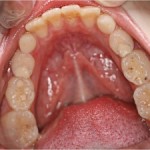
The Scottish Intercollegiate Guidelines Network (SIGN) have just launched a new guideline on caries prevention in children. The guideline replaces two existing guidelines; SIGN 47 on preventing dental caries in children at high caries risk and SIGN 83 on prevention and management of dental decay in the pre-school child. The guideline was developed using SIGN [read the full story…]
Limited evidence for best antibiotic regimens to prevent postoperative infections after orthognathic surgery

Orthognathic surgery for the correction of dentofacial and craniofacial deformities has become a common a common procedure. Postoperative infection rates have been reported between 2-33%. The aim of this review was to provide evidence-based recommendations on the efficacy of different antibiotic regimens in preventing postoperative infections after orthognathic surgery Searches were conducted in Embase, Ovid [read the full story…]
Orthodontic retention – cost analysis of three different appliances
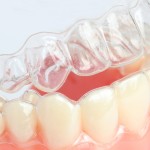
The aim of this study was to evaluate and compare the costs for the three orthodontic retention methods using a cost-minimisation analysis (CMA). The cost analysis was based on previous randomised controlled trial data (Dental Elf 22nd Jan 2013). Patients were randomised into 3 groups with retention appliances being placed within 1 hour of debonding. [read the full story…]
Zygomatic implants for maxillary rehabilitation
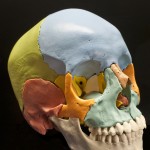
The use of zygomatic implants have been suggested for severely atrophic fully and partially edentulous maxillae to avoid use of sinus lifts, or other bone augmentation procedures and also for maxillary reconstruction after partial or total maxillectomy. The aim of this review was to evaluate clinical studies on the follow-up survival of implants inserted in [read the full story…]
Potential for non-conventional management of approximal caries in primary molars shown by study
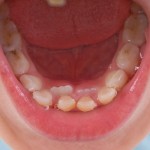
Despite the improvements in oral health the management of dental caries still presents challenges particularly in children. While some guidelines still recommend complete removal of caries there is growing interest in more conservative approaches. The aim of this study was to compare children’s behaviour and pain perception when approximal dentinal caries lesions in primary molars [read the full story…]
Higher failure rates for narrow dental implants suggested by review
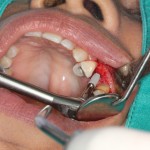
The use of dental implants is increasing and small diameter implants are being seen as having potential to restore small edentulous spans without the need for bone augmentation. The aim of this review was to compare the survival rates of narrow diameter to standard or wide diameter implants Searches were conducted in the PubMed, Medline, [read the full story…]
Biting on soft acrylic wafer during orthodontic appliance debond may reduce the pain experienced
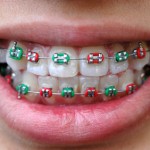
Pain and discomfort is often reported by patients undergoing orthodontic treatment and has been cited as a reason for failure to complete treatment. Removal of fixed appliances could be painful and it has been suggested that an intrusive bite force may stabilize teeth allowing greater resistance of torsional forces. The aim of this study was [read the full story…]
Draft guideline on sugar intake for adults and children from WHO – open for consultation

Back in December we highlighted a review by Moynihan and Kelly (Dental Elf – 12th Dec 2013) on the relationship between caries and sugars that was commissioned to inform the development of updated WHO recommendations on sugar. Another review of the relationship between sugar and body weight by Te Morenga et al was also undertaken [read the full story…]
Mandibular advancement devices for obstructive sleep apnoea – ADA-EBD critical summary

Another new critical summary form the ADA-EBD Center looks at a 2011 systematic review by Ahrens et al. The aim of the original review was to compare the effectiveness of different design features of mandibular advancement devices (MADs) in reducing the severity of obstructive sleep apnea (OSA). The appraiser notes that some relevant studies may [read the full story…]
